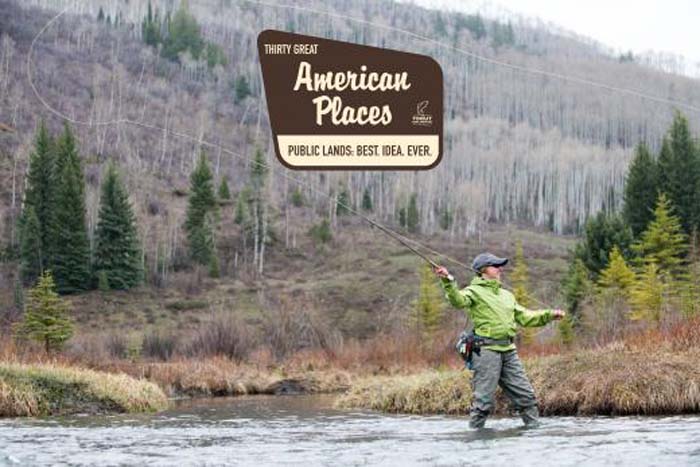The Land and Water Conservation Fund (LWCF), America’s most important conservation and recreation funding source, bar none, expired September 30, 2018
by Skip Clement / October 2, 2018 / Aggregated various
[dropcap]I[/dropcap]t was signed into law by President Lyndon Johnson in 1965. It was introduced in Congress by Washington State’s Sen. Henry M. “Scoop” Jackson to protect the nation’s natural resources, its cultural heritage and provide recreational opportunities for the people’s enjoyment.
The Senate at the time had passed the bill by an astounding 92-1 vote. LWCF was created from a small portion of the royalties produced by oil and gas production on the Outer Continental Shelf. It costs taxpayers absolutely nothing. LWCF was allocated for $900 million per year (from total royalties that vary between $5 and $7 billion annually). The idea was to take a small portion of the revenues from a non-renewable resource owned by the American people and use that money to help build a nation where all the citizens, rich and poor, would have access to the very best of what our country offers.
The fund is used to conserve huge landscapes that soak up floodwaters, recharge aquifers, and provide clean drinking water to millions of Americans. It pays for tennis courts, ballfields, playgrounds, and swimming pools in underserved communities just as it was intended; part of the original goal was to make sure that Americans, whether rich or poor, would be stronger, healthier, fitter, and have access to outdoor spaces and outdoor sports that built body and mind. It has been a crucial tool for maintaining working lands, from timber to ranching, and for the support of wildlife refuges that provide habitat for an estimated one-third of our most threatened plants, wildlife, birds, and fish.
Economists estimate that for every dollar invested from the LWCF, communities see a return of $4. The fund is the linchpin of an $887 billion annual recreational economy in the U.S.
A powerhouse that accounts for 7.6 million jobs and is the only such economic engine that is based almost entirely on having and keeping the kind of healthy and sustainable natural environment—clean water and air, public lands, open space, plenty of wildlife, and robust fisheries—that has made the U.S. the envy of the world.

BLM photo.
For its first 50 years, the fund faced no threat of termination, regularly renewed by Congress with healthy bipartisan support. And in those 50 years, the fund supported not with tax dollars but entirely through royalties paid by the oil and gas industry for offshore leases the purchase and preservation of public land and water projects throughout the nation and development at national parks and matching grants for park projects at the state and local level, protecting more than 7 million acres and funding $16.8 billion in projects in all 50 states.
Sources:
Every newspaper in the U. S., and every outdoor organization in the U. S.


